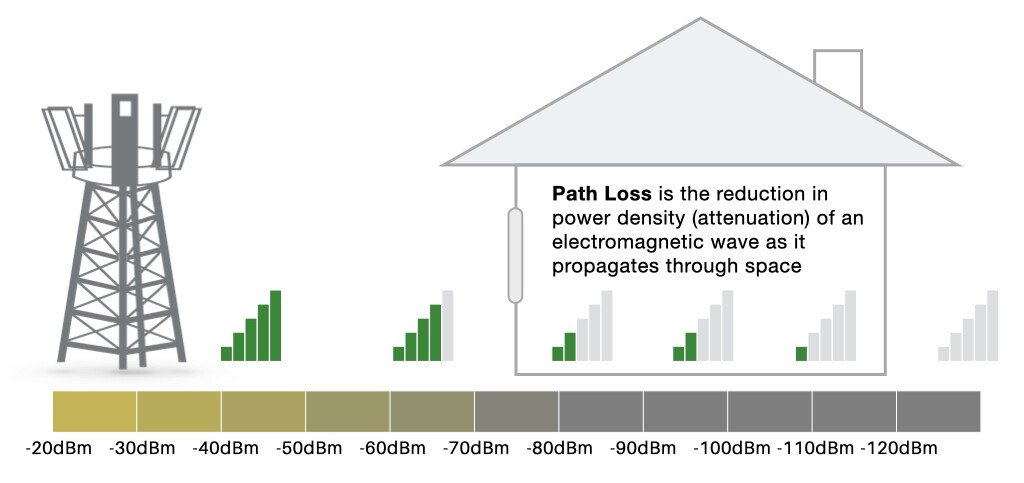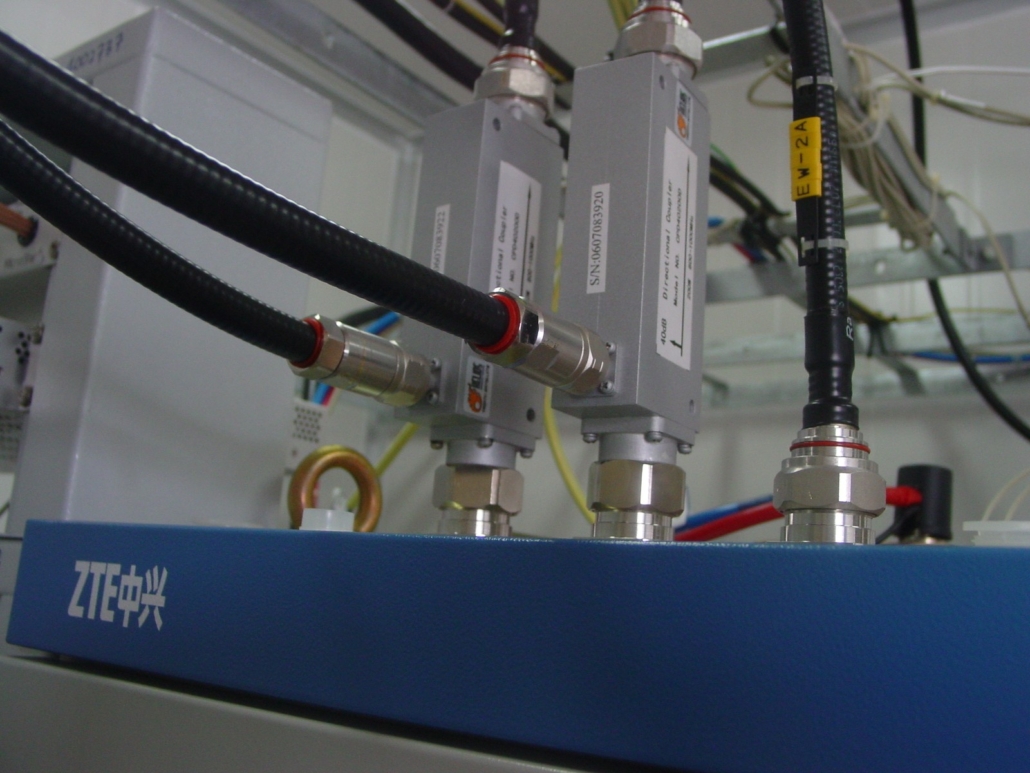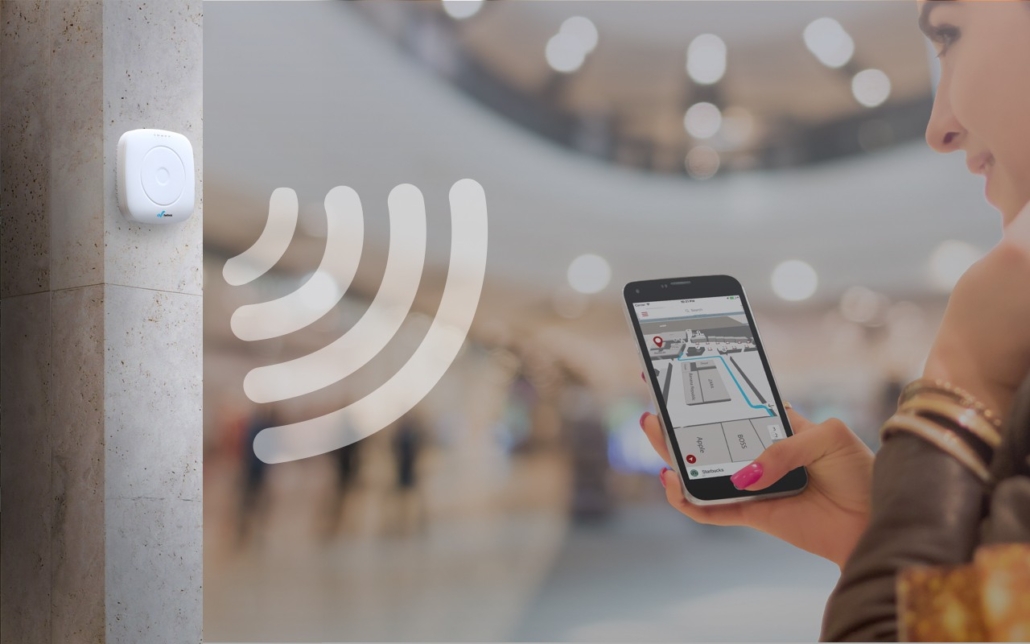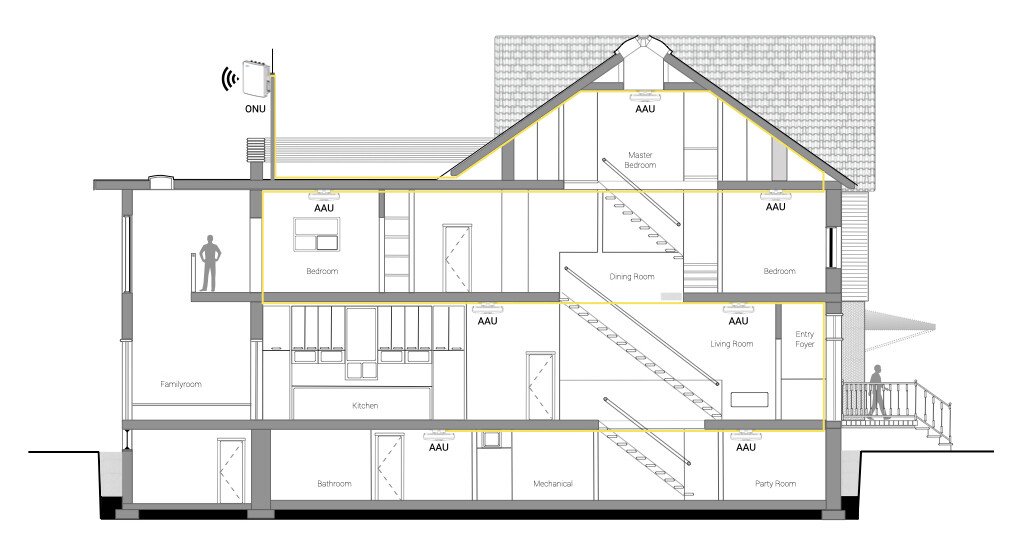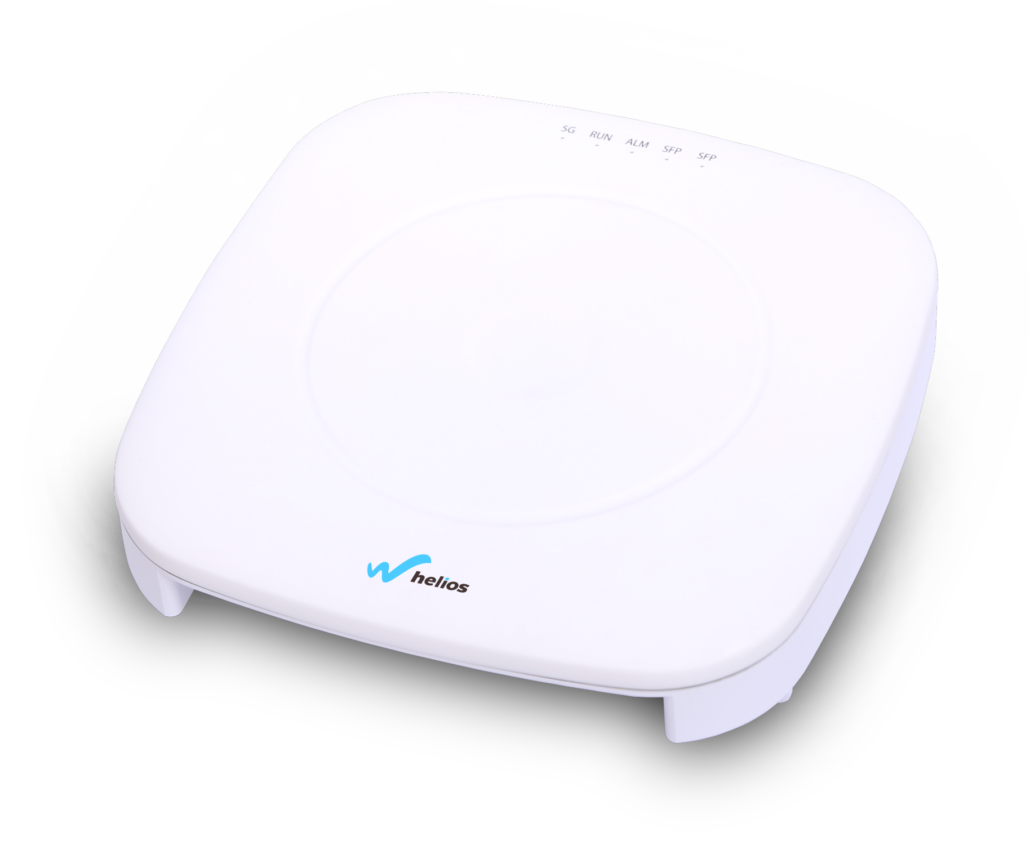What is 5G-Oriented Indoor Innovative Solutions?
Mobile communication is developing rapidly. Cisco VNI Mobile data shows that the mobile data traffic will reach 11 Exabytes per month in 2017, two times of that in 2015, and this figure is expected to reach 49 Exabytes by 2021. The rapid development of mobile market has a higher requirement on network capacity, experience, speed, and ROI. Statistics show 80% of 4G mobile services takes place indoors. Considering the diversified 5G mobile services and expanded mobile industry boundary, this figure will increase to 85%. Therefore, the quality indoor network will be the core competitive edge of mobile operators in 5G era.
When the network evolves from 4G to 5G, it will face multiple challenges in indoor mobile network, such as user experience, capacity expansion, network coverage and so on. 5G mobile network use C-band and mmWave that are on much higher frequency bands than 2G, 3G, and 4G counterparts. Higher frequency bands lead to greater link losses. The signals on the higher mmWave band even will experience difficulty in penetrating through a wall as the link loss exceeds 60dB.
Generally traditional RF cables and indoor network couplers do not support new frequency bands of 5G NRs (including the C-band and mmWave bands). Deploying new RF cables in indoor areas is costly and in a number of unique cases can prove impossible due to a lack of extra room for new cables.
In addition, in traditional indoor distributed network, RF signals are carried over feeders, and each antenna needs dedicated feeders. This limitation requires multiple parallel RF feeders for multi-antenna solutions such as 5G 4T4R MIMO. If MIMO is used for extra expansion, new feeders must be routed, leading to a linear increase in engineering and deployment costs. And high-frequencies signals are subject to huge link loss when transmitted over traditional RF cables, which mean a much narrower coverage area and deteriorated performance.
Therefore, it is difficult to use traditional indoor distributed network to increase network capacity. So, operators must use transmission cables that are easy to deploy and deliver high bandwidth. The best option is to use optical fiber to replace RF cables in order to meet the potentially huge bandwidth demand while ensuring superb 5G services.
Utilizing ultra-wide bandwidth RF front-end design with Software Define Radio (SDR) architecture, Helios® 5G Digital FTTA™(Fiber to The Antenna) system enables the most flexible, scalable and complete solution for addressing middleprise coverage and capacity needs for 5G NR.
Helios® 5G Digital FTTA™ is a two-tier architecture consisting of the Outdoor Network Units (ONUs) and Active Antenna Units (AAUs):
- Outdoor Network Units (ONUs): The ONU owns up to 4T4R RF paths and each RF path support max 100MHz bandwidth and can be configured to be FDD or TDD mode in factory, it has four 14Gbps SFP+ digital optic ports and supports up to 8 AAUs by star, chain, ring and hybrid network topologies, even up to 32 AAUs by adding OEUs in some scenarios. It generally be deployed outdoor and accesses & synchronize outdoor 5G BTS signal on air with embedded MIMO antennas by our patented 5G NR TDD synchronization algorithms, the signal is filtered and then converted to a digital CPRI data stream as well as synchronization signal. The digital CPRI packet data stream is transported via single mode fiber and received by the remote AAUs.
- Active Antenna Unit (AAUs): The AAUs then convert the digital CPRI packet data stream back to RF and control the switcher to PA based on synchronization signal from ONU, then amplify the signal to the embedded MIMO services antennas. On the reverse path (uplink), the AAUs and ONU perform the inverse functions and delivery the signals back to the corresponding 5G Base Stations.
Innovative Power-over-Fiber (PoF) feature enables flexible & simplifies installation Both for ONU and AAU through fiber, and all ONU and AAU adopts compact & fashion design with very low power consumption, typical mounting options include pole-mount, wall-mount and ceiling-mount.
The 5G Digital FTTA™ utilizes an embedded WEB management system for system configuration and network monitoring. The embedded WEB management system collects alarm information from both ONUs and AAUs.
Features & Benefits
- Compact & Fashion design for wall-mount, pole-mount and ceiling-mount.
- Full digital software and hardware platform with Ultra-wide RF front-end design support 4T4R RF path and each RF path supports maximum 100MHz bandwidth to meet the potentially huge bandwidth demand while ensuring superb 5G services.
- Patented 5G NR TDD synchronization algorithms based on SDR technique.
- 2*RJ-45 Port for Local Control and Alarming on an IP Web Browser GUI.
- Each ONU has four 14Gbps SFP+ digital optic ports and supports up to 8 AAUs by star, chain, ring and hybrid network topologies, even up to 32 AAUs by adding OEUs in some scenarios, such as subways and tunnels.
- SNMP V2 & V3 support with a MIB File.
- Supports Remote Control via Ethernet Modem.
- Innovative Power-over-Fiber (PoF) feature enables flexible & simplifies installation.
- Wireless backhaul for more fast, flexible and accurate deployment to improve 5G NR throughput on middleprise coverage.
- Peaceful coexistence with current 5G NR macro without any change & update on core network.



